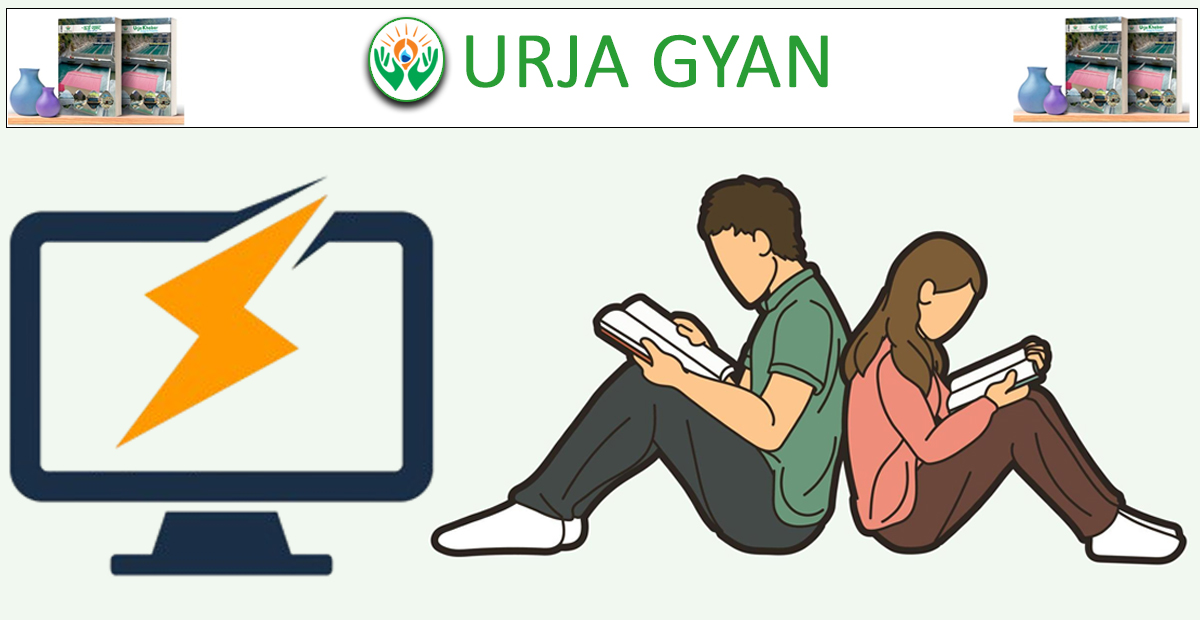Energy Update
Why water is considered the most precious gift of nature for nepal ?

This is the series of the 'Urja Gyan', which is published every Friday in Urja Khabar, informative content about energy, hydropower and its various dimensions has been presented:
1. What is hydropower ?

Answer: Hydropower is the term used to describe all kinds of energy produced from the potential energy available in water, mainly in motion. Hydropower is one of the most widely employed sources of renewable energy. Water is usually taken from and directed to one or more elevations, and the energy of this descending water flows over turbines for the generation of hydropower.
2. Describe the history of hydropower in Nepal.

Answer: Nepal's first hydropower plant is the Pharping Hydropower Station. It is the site of hydropower generation and transmission, located near the southern part of Kathmandu Valley. This design has been fitted with a Pelton turbine with a capacity of 500 KW, comprising two units, each of 250 KW. Its construction began in 1907 A.D. and was completed in 1911 A.D. On the 22nd of May 2011, His Majesty King Prithvi Bir Bikram Shahdev inaugurated the power plant. The second hydropower plant is the Sundarijal Hydropower Station, built in 1934 A.D., with a total capacity of 640 KW. The third hydropower station is Letang Hydropower Station (Morang) on the Chisang Khola, completed in 1943 A.D., with a total generation of 1800 KW. The dam was built but swept away by a flood in 1964 A.D. and was never renovated again. This is a short history of Nepal's hydropower development. After that, various power plants continuously came into the system, including both hydropower and thermal plants.
3. Hydropower capacity of Nepal
Answer: One of the significant natural resources of Nepal is hydropower. The reason for this is the steep terrain across Nepal's approximately 800 km long land area. On one side of Nepal’s 200 km wide expanse, there is a mountain with an elevation of 8,848 meters above sea level, and on the other side is a flat region where the elevation is as low as 60 m. The difference in height (8848-60 = 8788) is called the head. The more the head and the volume of water, the more power generation is possible. Now, the question is how much hydropower potential does Nepal have ?


4. Challenges of Hydropower Development
Administrative Difficulties: Because of the need to perform many different kinds of administrative and environmental evaluations, from the stage of applying for a survey license to the final stage of obtaining a license for electricity production, the process takes a long time.
Local Issues/Resolutions: Complaints like “The river is in our village, but others benefit from it?” can be addressed with the following methods:
- Local Development: Local advancement during the building phase may be done according to the magnitude of the work.
- Distribution of Local Shares: A proportion of the shares allocated may be restricted for the local inhabitants. This enables them to gain returns and enhances their participation in the project.
Labor Management: Workers may voluntarily cut part of their pay, which can be used to buy shares later, helping to reduce worker strikes.
Delays in Construction: If construction is halted due to investors or other external forces, the contractor must seek compensation for various costs. If delays are caused by the contractor, penalties may apply. Any delays impact the hydropower developer, who must bear the cost of lost electricity production.
Geological Structure: Nepal's rocky terrain is often unstable, leading to rock and soil falls or tunnel collapses during construction, which can cause landslides.
Natural Disasters: Floods and landslides can damage power plants. For example, the Tinau River flood in 1981 damaged the Tinau Underground Hydropower Plant in Butwal. Similarly, the Bhote Koshi Hydropower Plant in Sindhupalchok was affected by an earthquake and a flood in 2015, taking 4.5 years to resume electricity production.
Climate Change: Global climate change is leading to the gradual reduction of river flows, affecting hydropower.
5. Turbine
Function of a Turbine: A turbine converts the kinetic energy of water into mechanical energy, which can then be used to generate electricity if connected to a generator.
Types of Turbines: There are mainly two types of turbines, impulse turbines and reaction turbines. An impulse turbine converts the kinetic energy of water into mechanical energy, while a reaction turbine converts both kinetic and pressure energy into mechanical energy.
- Impulse Turbines: The Pelton turbine is an impulse turbine where water released from its nozzle contains only kinetic energy, which rotates the Pelton wheel. Other impulse turbines include the Turgo and Crossflow turbines.
- Reaction Turbines: The most widely used turbine is the Francis turbine, which converts both kinetic and pressure energy into mechanical energy. The Kaplan turbine is also a reaction turbine.
Multiple Choice Questions:
1. Which turbine is used in a small hydropower plant with low head ?
a) Kaplan
b) Francis
c) Crossflow
d) Pelton
Answer: a) Kaplan
2. Which is the most reliable power plant in the context of Nepal ?
a) Thermal
b) Nuclear
c) Geothermal
d) Hydro
Answer: d) Hydro
3. Which of the following is not a tributary of the Gandaki River ?
a) Daraudi
b) Madi
c) Seti
d) Marshyangdi
Answer: b) Madi
4. Which is Nepal's first hydropower project ?
a) Sundarijal
b) Pharping
c) Trishuli
d) Chilime
Answer: b) Pharping
5. What does a turbine do ?
a) Converts the hydraulic energy in water into mechanical energy
b) Produces electrical energy
c) Holds the penstock
d) Controls water flow
Answer: a) Converts the hydraulic energy in water into mechanical energy
6. Under which category does the Pelton turbine fall ?
a) Reaction
b) Impulse
c) Francis
d) Crossflow
Answer: b) Impulse
7. Which of the following turbines converts the kinetic energy of water into mechanical energy ?
a) Impulse
b) Francis
c) Kaplan
d) Turgo
Answer: a) Impulse
8. Which is the first subsidiary hydropower company of Nepal Electricity Authority (NEA) ?
a) Upper Tamakoshi
b) Chilime
c) Marsyangdi
d) Trishuli
Answer: b) Chilime
Conversation
- Info. Dept. Reg. No. : 254/073/74
- Telephone : +977-1-5321303
- Email : [email protected]














